The day started off well with beautiful weather and a superb drive in our new team vehicle. The VW Amarok came fully loaded with heated leather seats for those cooler winter days as well as AC for those warmer days like we had today.
We don't know what the sat nav was playing at but it managed to take us through every medieval village between home base and our destination!
We arrived at the field nice and early as the morning mist was begining to lift. Buzzards were mewing and the red kites were very vocal too.
We checked out a field we surveyed earlier this year that has an early RB settlement and that was re-seeded with OSR. The field next to it that also has an IA settlement was rolled and seeded with wheat. Hopefully we'll be able to survey those next week.
Our new field was rolled and seeded with wheat, the past crop was OSR.
The Déus' were fitted with their large coils and set to GMP mode using the standard settings with GB in "Tracking".
The temperature was too warm within 30 minutes of arrival so it was off with the jumpers and down to T shirt detecting.
As expected we had lots of small ferrous background noise along the road edge. Moving away from the road resulted in a much quieter and pleasant background ambience.
The first run had several Georgian coins unearthed with the second run producing our first and only hammered of the day, a Lizzie three pence dated 1566.
More Georgian coinage appeared with several lead weights of varying descriptions.
We broke for lunch and then the landowner arrived on his quad and asked how we were doing. I asked if it was ok to survey the other fields that we'd looked at earlier for next week? "No problem" he informed us.
After plenty of fluid and lunch we carried on from where we left off.
An assorment of artefacts were recovered with a couple of lead discs, one with a commemeration medal of Queen Victoria and the other looked like a lead seal of some sort. A grotty Roman coin even put in a show!
There was hardly any pottery except for one piece dating to AD1650.
A lovely pimple button surfaced but the highlight of the day was the superb medieval seal ring!
All the images of the days recoveries can be seen here.
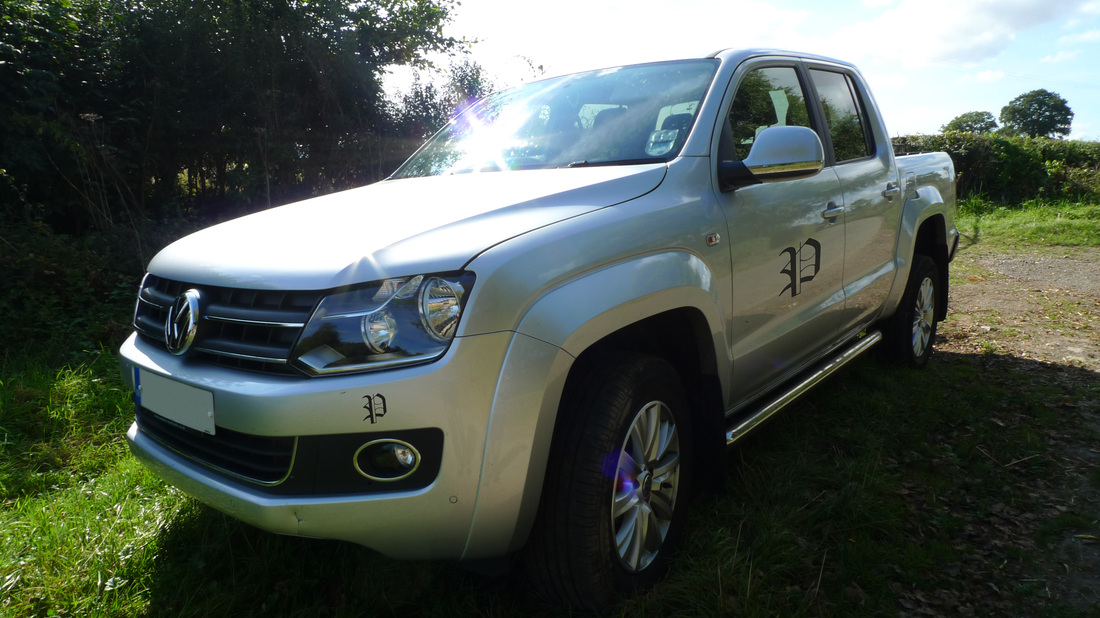
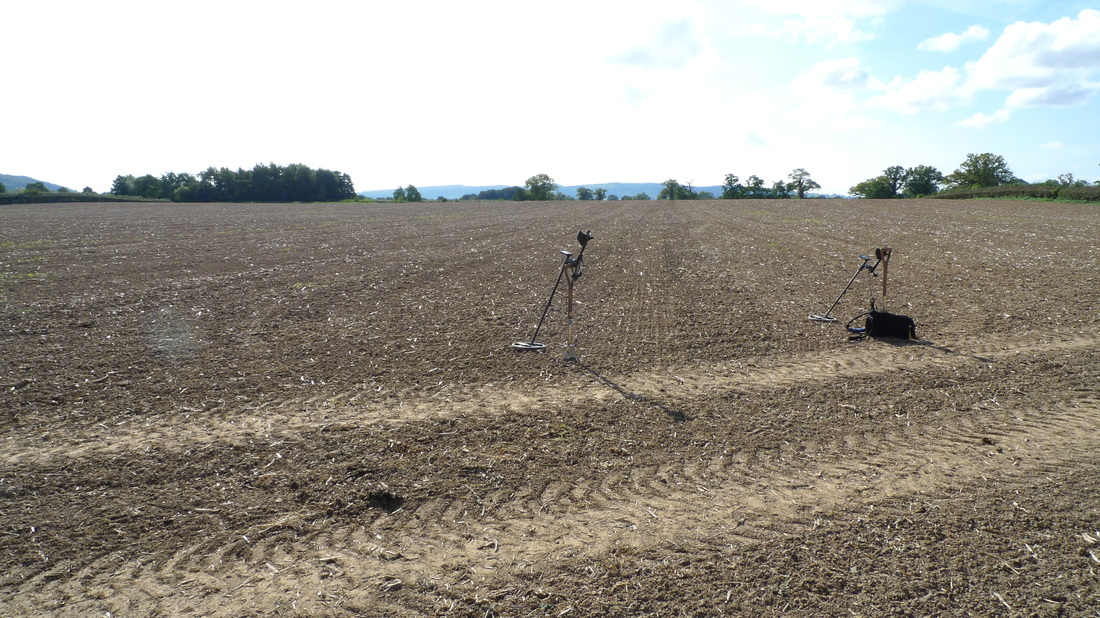
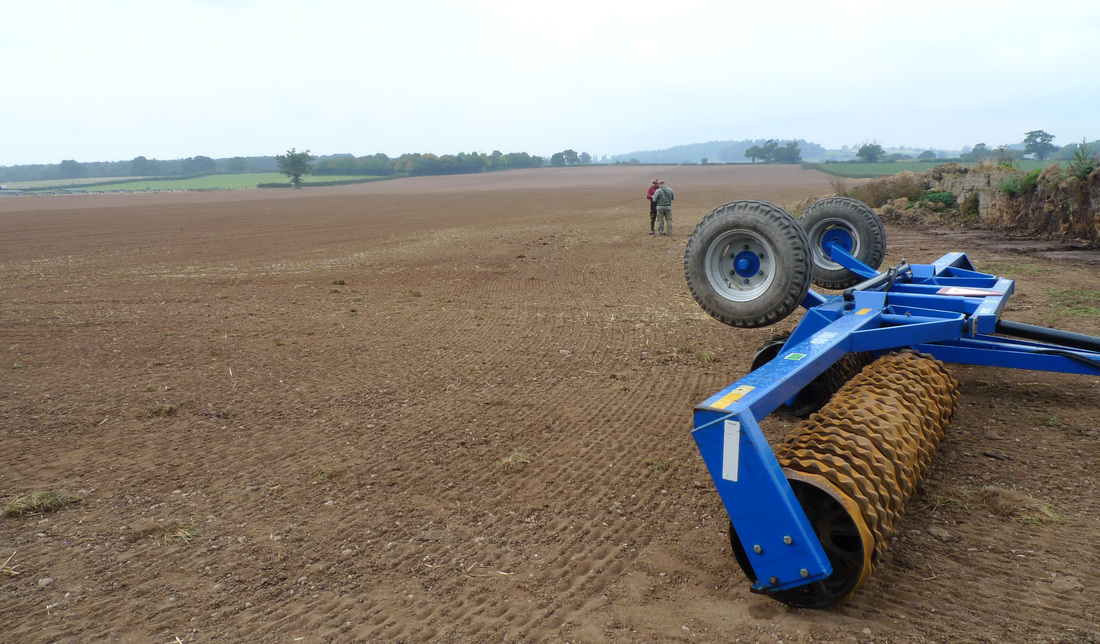

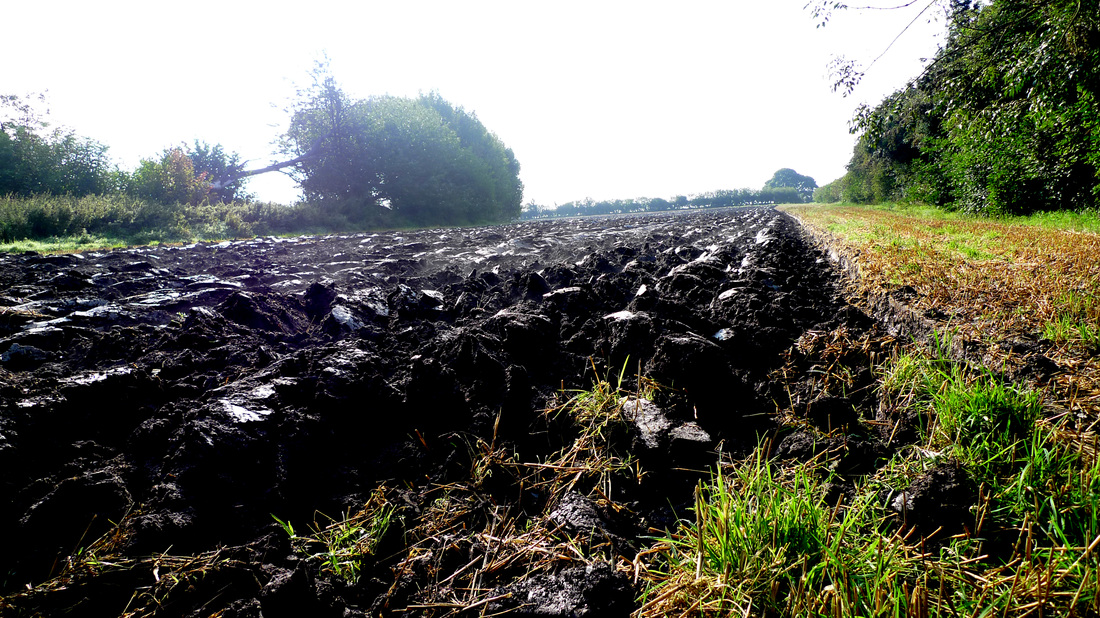
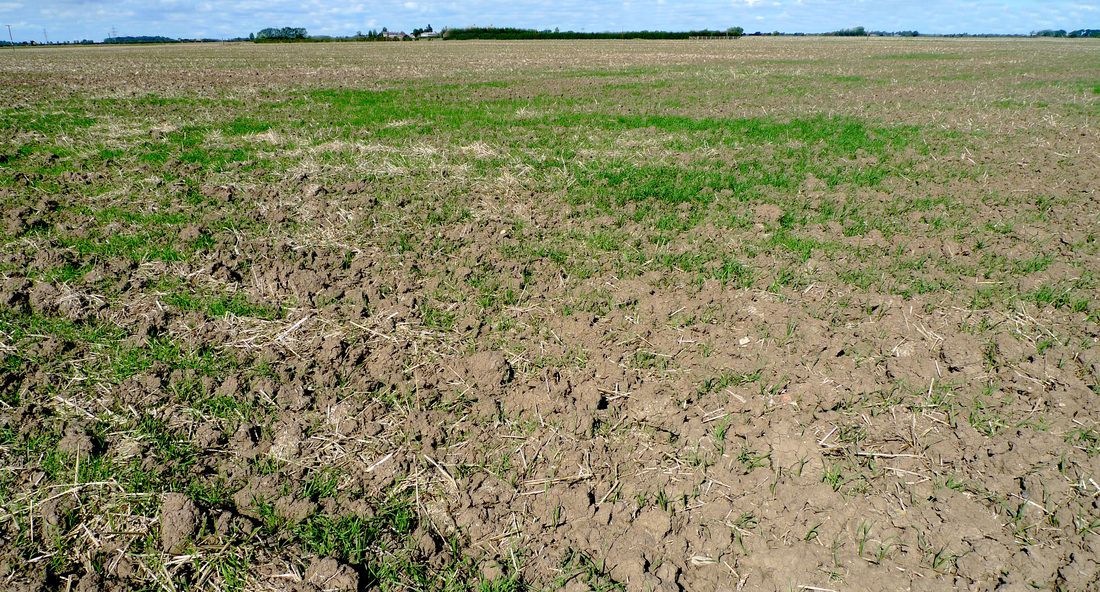

 RSS Feed
RSS Feed
